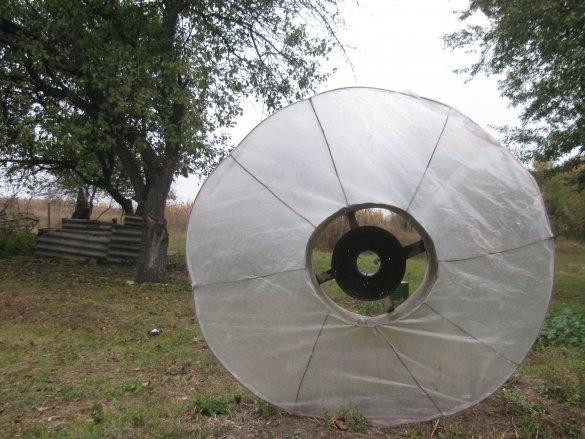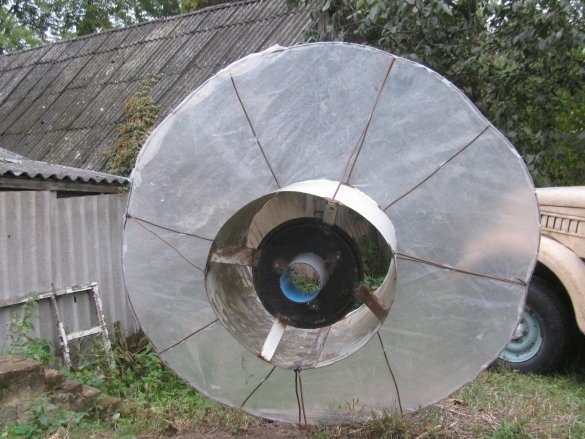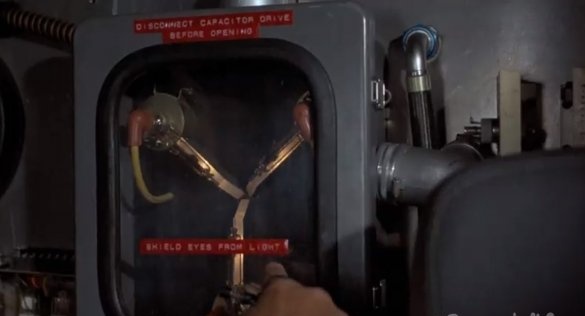The essence of the idea:
Accelerate the flow of gases or liquids without any valves, membranes, or moving parts. In fact, it is a reducer, an analog of a "ram". Large "slowly flowing masses" of matter are transformed into small rapidly flowing streams.
The design does not violate the laws of conservation of energy, it is just an energy converter.
Appointment:
You can organize ventilation systems, increase the efficiency of wind generators, with the help of pipes you can bring the air flow or "vacuum" to the right place.
As for water and other liquids, it is possible to manufacture a non-volatile pump without moving units, which will work with a weak flow of water. You can also use such designs in pumps to increase the pressure.
Principle:
The principle of operation is based on the Venturi effect, when a gas or liquid, passing through a bottleneck, accelerates. I came up with a doll design when several venturi tubes are in one another and reinforce each other. As a result, in the smallest tube, gases or liquids will reach high speeds, despite the very slow initial flow.
More about Venturi
There is no information on the Internet how the Venturi phenomenon works, all information is only symptomatology, everything is presented simply as a fact that we must believe.
Everything is simple, with a narrowing of the pipe section, the pressure in front of it increases or remains increased, and after a narrow section the pressure is always lower. As a result of the pressure drop, the flow in the bottleneck is accelerated. The pressure in the narrow part will be lower than in front of it, since there is no resistance in the flow path.
The area after narrowing I call "replenishment zone", this is a low pressure zone. Plot before narrowing - "accumulation zone", there is increased pressure. Well, the narrow part - acceleration zone. the pressure here is below the original.
NUV - accumulation, acceleration, replenishment.
Knowing these three zones, you will be able to understand why the lifting force is created at the wing of an airplane, why the flow accelerates in a narrow part, and many other phenomena.
My time
For the sake of a scientific tool, I created model installation of two "accelerators", all of the trash is collected, so do not kick :))
The unit is designed to accelerate air flow, video testing - with almost complete absence of wind. Even a slight airflow already accelerates well inside the central pipe. Of course, the car can’t turn the turbine yet, but for now ...
The video shows how the central pipe sucks a candy wrapper on a rope, the flow in this area is already quite fast, in comparison with the initial flow, which is almost not even noticeable.
Further I will make a version for water, a pump or something like that, with water everything will work more effectively with smaller sizes. Join us on the topic ...




